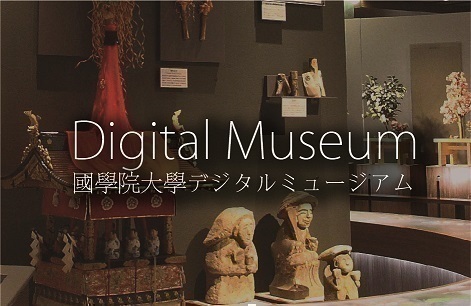- トップ
- Encyclopedia of Shinto
- Shōzui
Encyclopedia of Shinto
| Main Menu: | |
| Links: |
詳細表示 (Complete Article)
| カテゴリー1: | 6. Belief and Practice |
|---|---|
| カテゴリー2: | Divination and Supplication |
| Title | Shōzui |
| Text | Shōzui, also called zuishō, is an "auspicious omen." Throughout the world in both past and present, people have shared the belief that the appearance of a rare natural phenomenon—such as an animal, plant, meteorological event, or astronomical event—is an omen indicating the state of human affairs or society. Among the different types of omens, shōzui refers specifically to a favorable omen (kitchō) that appears due to divine acknowledgement of benevolent government by a virtuous ruler. In China since ancient times, it was believed that the divine will mediated between political affairs and natural phenomena. There was a widespread belief in the correlation between the celestial realm and human society, which held that the celestial realm would manifest a shōzui when the emperor was virtuous and ruled well or, conversely, would bring about a natural disaster or terrestrial upheaval when the emperor was insufficiently virtuous and ruled badly. This belief was also transmitted to Japan, where its reception was accompanied by an increasing volume of records describing shōzui and natural disasters and the appearance of shōzui came to exert a tremendous influence even on actual government. For example, The Six National Histories (Rikkokushi ) contain many records of shōzui and natural disasters and, from the first year of the Taika era (645), each renaming of the imperial era during the Nara period was in response to the appearance of a shōzui. From the Heian period, the renaming of imperial eras occasioned by the manifestation of natural disasters became more prevalent. Shōzui are classified into the four ranks of "great omen," "favorable omen," "medium omen," and "unfavorable omen" (daizui, jōzui, chūzui, and gezui ) in descending order, with each rank associated with a symbol, such as the four celestial spirits—the one-horned kirin, phoenix, tortoise, and dragon—or a pair of intertwined trees. Under the "ritsuryō system of codified laws" (ritsuryō sei ), the occurrence of shōzui was reported by all provinces to the court and the court would respond according to the classification of the shōzui. For such reasons as the perception of reporting the appearance of a shōzui as a meritorious deed and the facile exploitation of shōzui for political ends, however, reports of shōzui also came to be fabricated. In later ages, moreover, rather than awaiting the manifestation of a rare shōzui, designs modeled after the form of shōzui were used on a variety of occasions in order to celebrate a felicitous fact in advance. This practice survives even today as the custom of using auspicious motifs—including the "crane and the tortoise" (tsurukame); the "pine tree, bamboo, and plum blossoms" (shōchikubai ); or the "paulownia tree, bamboo, and phoenix" (tōchikuhōō )—for congratulatory events, presenting gifts, and other happy occasions. —Suzuki Kentarō |




